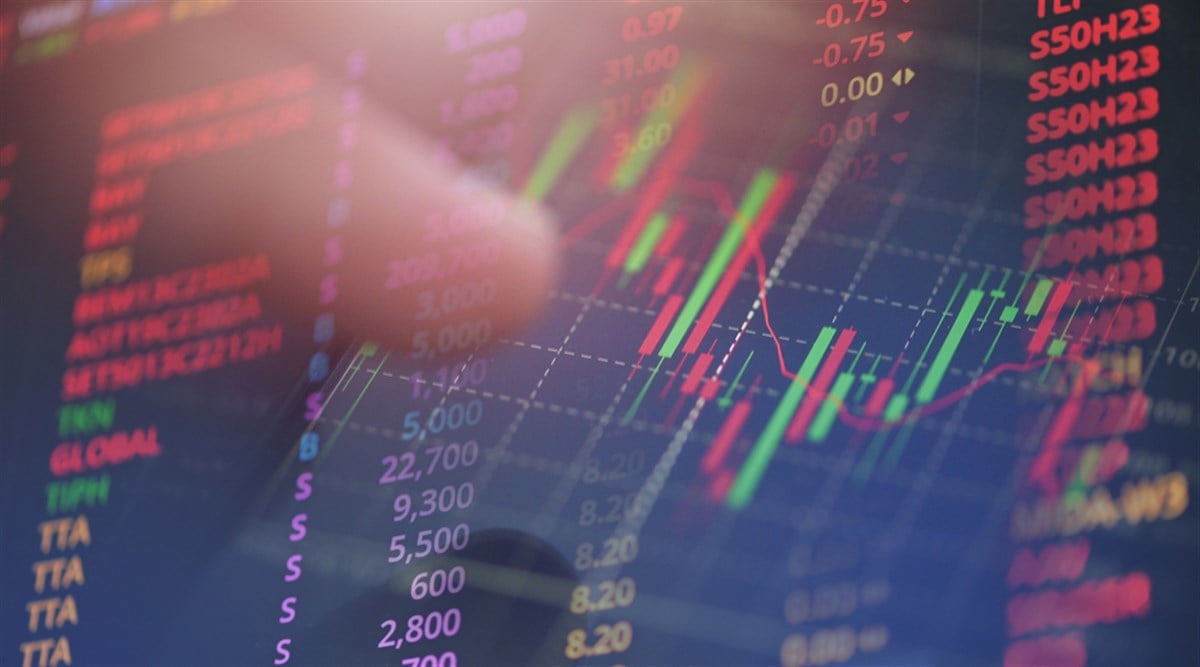|
|
|

|
|||||

|
|

The S&P 500 index is now celebrating a recovery of 20% since the lows it had made during so-called “Liberation Day,” when President Trump rolled out the first round of trade tariffs with virtually every major trading partner dealing with the United States, creating major volatility and uncertainty across the board. Despite a recent rally building up from a successful agreement between the United States and China, some out there think this will be short-lived.
After agreeing to place a 90-day hold on these tariffs, the world’s two largest economies have given the stock market a second wind, especially for the bulls.
However, Goldman Sachs strategists, including global equity strategist Peter Oppenheimer, believe the SPDR S&P 500 ETF Trust (NYSEARCA: SPY) faces enough tail risks to potentially fall by up to 20% from current levels. Rather than reacting impulsively, investors may benefit from reviewing their analysis.
These strategists make a good case against the S&P 500. Investors may find links between their analysis and movements in other major asset classes, including the iShares 20+ Year Treasury Bond ETF (NASDAQ: TLT) and some big names in the technology sector, such as NVIDIA Co. (NASDAQ: NVDA). Some of these act as valid concerns for the market moving forward.
Goldman’s chief economist, Jan Hatzius, quotes that he sees up to a 45% probability of the United States economy falling into a recessionary cycle, and the reasons behind this view are rooted in an extreme fundamental view. Despite the 90-day pause in these tariffs between the United States and China, today’s leftover tariffs (and not just with China) are still much higher than they were just six months ago.
Because of these global economic headwinds, driven by the tariffs, earnings per share (EPS) in the broader S&P 500 could be set to decline enough to threaten today’s valuation levels in the financial markets. And that is exactly where the next pillar in this thesis comes in: valuations.
The forward price-to-earnings ratio in shares of NVIDIA has significantly diverged from the stock’s price over the past quarter, which is never a good sign. As these valuation multiples decline away from a rising stock price, investors can somewhat assume that the market is starting to discount the stock’s future earnings for a reason.
Waiting around to find out what that reason is can often be futile, and fighting this theme can be summed up as investors assuming they know something that the market doesn’t, which also turns out to be a futile endeavor most of the time.
More than just targeting NVIDIA, the global financial markets seem to be moving away from risk and toward safer assets instead. This is when investors can pull out a chart of gold or the SPDR Gold Shares (NYSEARCA: GLD) as a potential proxy to keep handy as well.
Starting with gold, investors can see the index outperforming the broader S&P 500 by as much as 15% over the past quarter alone.
This price action is the initial factor pointing to the market’s willingness to exit riskier assets (like stocks) and seek the historical safety of gold in times of uncertainty and volatility.
Another theme to track in gold can be the $1.3 billion stake that the Vanguard Group has built up in shares of Barrick Gold Corp. (NYSE: B) as of early May 2025.
This is a clear sign of interest from Wall Street participants, as expectations are set for more flows into gold during this potential fall in the S&P 500.
But that’s not where the flight to safety ends. More capital has been flowing into the Consumer Staples Select Sector SPDR Fund (NYSEARCA: XLP), where investors can see up to $952 million of institutional capital deployed into this defensive basket over the most recent quarter (which is only made up of April and May 2025 so far).
On a broader economic basis, the S&P 500 seems to be one of the most expensive markets today, especially compared to other emerging markets like China and Brazil, whose valuations are much lower.
According to stock market-to-GDP ratios, the United States stands at 180%, while China and Brazil are at 67% and 42%, respectively.
Considering that this is the indicator that Warren Buffett follows the most, hence its being termed the “Buffett Indicator,” it would make sense for investors to see the legendary value investor sitting in a record amount of cash for the past quarter without any new signs or intentions of buying stocks again any time soon.
Before you make your next trade, you'll want to hear this.
MarketBeat keeps track of Wall Street's top-rated and best performing research analysts and the stocks they recommend to their clients on a daily basis.
Our team has identified the five stocks that top analysts are quietly whispering to their clients to buy now before the broader market catches on... and none of the big name stocks were on the list.
They believe these five stocks are the five best companies for investors to buy now...
The article "Goldman Sachs Warns of 20% Market Sell-Off: Are They Right?" first appeared on MarketBeat.
| 1 hour | |
| 2 hours | |
| 2 hours | |
| 3 hours | |
| 3 hours |
Asian shares advance, yen slips after AI stocks push higher on Wall Street
NVDA
Associated Press Finance
|
| Dec-21 | |
| Dec-21 | |
| Dec-21 | |
| Dec-21 | |
| Dec-21 | |
| Dec-21 | |
| Dec-21 | |
| Dec-21 | |
| Dec-21 | |
| Dec-21 |
Join thousands of traders who make more informed decisions with our premium features. Real-time quotes, advanced visualizations, backtesting, and much more.
Learn more about FINVIZ*Elite